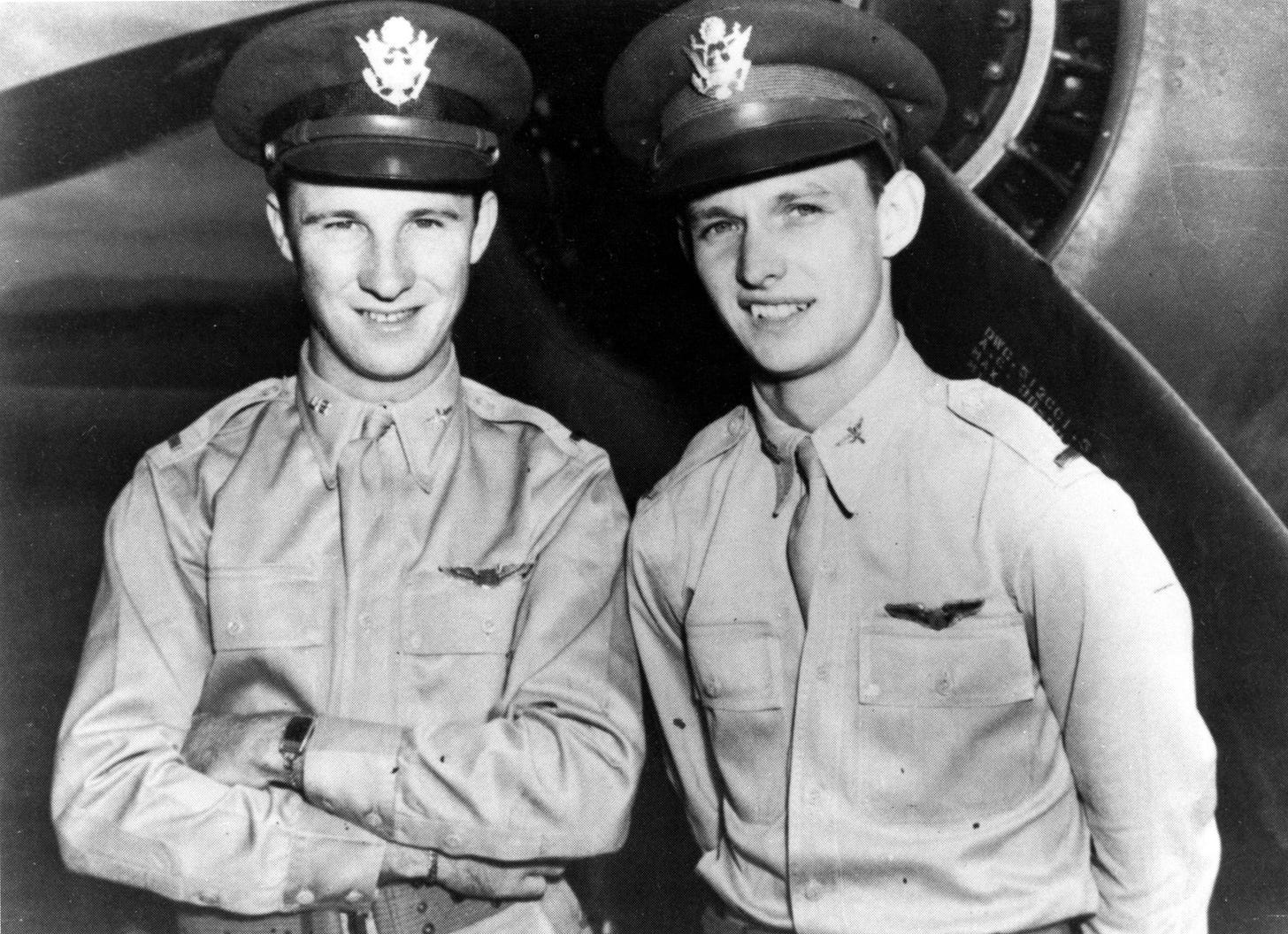TDIH: Kenneth M. Taylor, hero of Pearl Harbor
He was one of the few American aviators to get his plane in the air during the infamous Japanese attack on Pearl Harbor.
On this day in 1919, a future U.S. Army Air Corps pilot is born. Kenneth M. Taylor would become one of the few American aviators to get his plane in the air during the infamous Japanese attack on Pearl Harbor. He and his friend, Lt. George S. Welch, would shoot down at least six Japanese airplanes between the two of them.
Did you know that Japanese aircraft were not the only planes in the sky that day? A handful of American airplanes managed to get airborne, despite the intense Japanese fire.
Americans were fighting back, right from the beginning.
What a change for Taylor and Welch, though. They’d spent the night before at a formal dance, followed by an all-night poker game. They’d been asleep for about 90 minutes when the Japanese attack against Pearl Harbor began.
At first, Taylor “thought a navy man had probably gone off the main route,” and he wasn’t too concerned. But he soon realized that the sounds outside were not a drill. Wheeler Army Airfield was under attack.
“When you’re awakened suddenly, as I was,” he later reported, “you generally jump into the first pants that you can find. Mine happened to be tuxedo pants.”
He and Welch jumped in Taylor’s new Buick. They hastily left Wheeler, racing for nearby Haleiwa airfield. Japanese planes strafed the pilots’ car as it left, tearing down the road at speeds approaching 100 mph. Taylor had already “called my buddies and told them to arm a couple of airplanes,” as he later told a reporter.
The Japanese had passed over that smaller airfield at Haleiwa. The planes there were still usable.
Taylor and Welch arrived to find their planes fueled but not fully armed. They had .30 caliber ammo, which was less than ideal for fighting the Japanese Zeroes.
Naturally, they took off anyway.
The two pilots headed toward Barber’s Point, at the southwest tip of Oahu. The found that the Marine base at nearby Ewa was being strafed by roughly 12 Japanese dive bombers. Between the two of them, Taylor and Welch took down at least two Japanese planes before they were forced to turn around and refuel, this time at Wheeler. They could get better ammunition there.
“We had to argue with some of the ground crew,” Welch later told a congressional committee. “They wanted us to disperse the airplanes and we wanted to fight.” But the Japanese attacked again, just at that moment, so the two pilots got their way. Their strategy for getting in the air was an unusual one: They headed straight towards the Japanese planes, instead of away from them. Such an approach enabled Taylor and Welch to fire at the Japanese aircraft, even during takeoff.
Nevertheless, Taylor was lucky to survive the dogfight that followed. An enemy bullet ripped through his cockpit, injuring his left arm and his leg. “It was of no consequence,” Taylor said later, “it just scared the hell out of me for a minute.”
In the end, both men would land safely. The number of kills that they scored has been the matter of some dispute, but they are credited with at least six between the two of them. Both men would later be awarded the Distinguished Service Cross for their actions.
“I wasn't in the least bit terrified,” Taylor later commented, “and let me tell you why: I was too young and too stupid to realize that I was in a lot of danger.”
Or maybe he was like so many in that generation? Ready to serve, regardless of the cost.
Sources can always be found on my website, here.





Now I wouldn t say it s intentional, I would just say that there s a way that you have to do things when it comes to the university. Things aren t as easy as it looks on the outside, even as student leaders we aren t able to have stuff done l at the snap of a finger. my first earnings at sports betting with cryptocurrency - https://tinyurl.com/3fbhv4ts
Sorry yall im so behind. is there anyonelse into crypto sport betting? I just won!!! - https://tinyurl.com/3fbhv4ts